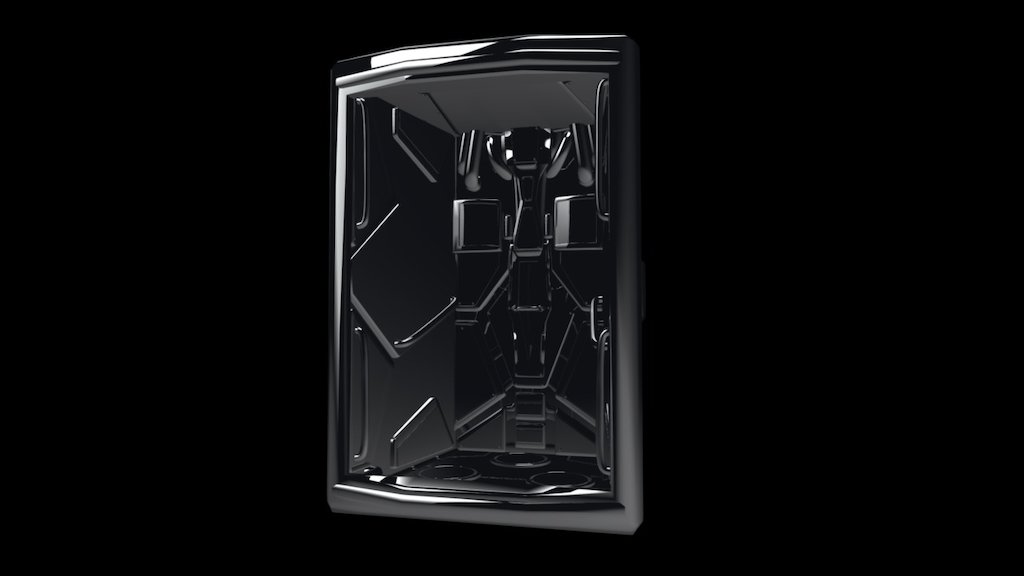
Elevator
sketchfab
The human body is made up of approximately 60 trillion cells, each one a complex factory that performs thousands of different tasks every second. These cells are the building blocks of life, and without them, we would not be here today. They grow, divide, and multiply to form tissues, organs, and systems that work together to keep us alive. Cells have many jobs, but their main function is to sustain life by producing energy, removing waste, and repairing damaged tissue. This process is made possible through a series of intricate chemical reactions that occur within the cell itself. Cells can be thought of as tiny factories, with different parts performing specific tasks. The nucleus is like the control room where instructions are given, while the mitochondria are the power plants that generate energy for the entire factory. Cells also have the ability to adapt and change in response to their environment. This is made possible through a process called gene expression, which allows cells to turn genes on or off as needed. Gene expression plays a crucial role in development, growth, and disease prevention. Cells are constantly communicating with each other and their surroundings, using signals to coordinate their activities. The human body contains many different types of cells, each with its own unique characteristics and functions. There are epithelial cells that form the lining of organs and glands, connective tissue cells that provide support and structure, muscle cells that enable movement, and nerve cells that transmit signals. Each type of cell plays a vital role in maintaining the health and function of the body. In addition to their many roles, cells also have the ability to regenerate and repair damaged tissue. This is made possible through a process called apoptosis, which allows cells to self-destruct when they are no longer needed or are damaged beyond repair. The human body has an incredible ability to heal itself, and this is due in large part to the remarkable abilities of its cells. The study of cells has led to many breakthroughs in medicine and our understanding of disease. By studying how cells work and interact with each other, scientists have been able to develop new treatments and therapies for a wide range of conditions. The human body is an incredible machine, and it's all thanks to the tiny factories that make up its cells. Cells are the foundation of life, and without them, we would not exist. They are the building blocks of our bodies, and their functions are essential to keeping us alive. By understanding how cells work and interact with each other, we can gain a deeper appreciation for the incredible complexity and beauty of the human body.
With this file you will be able to print Elevator with your 3D printer. Click on the button and save the file on your computer to work, edit or customize your design. You can also find more 3D designs for printers on Elevator.
